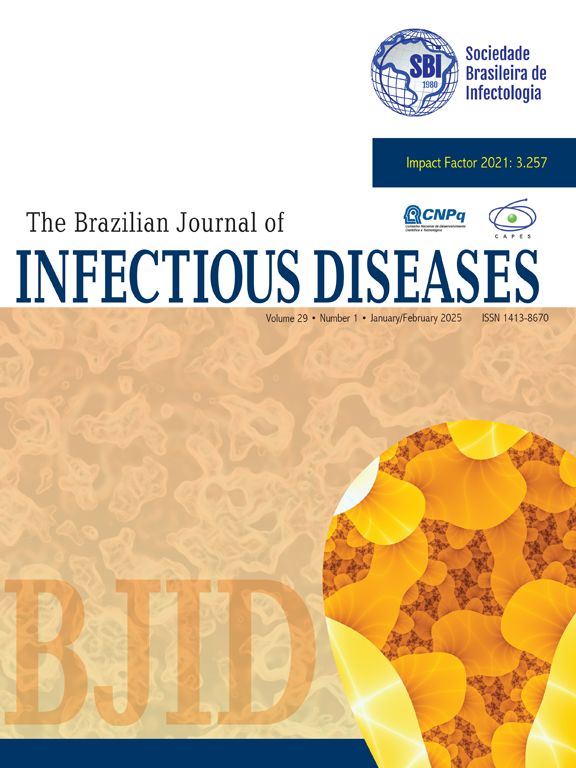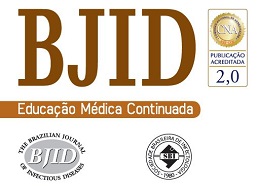Sparganosis in humans is an incidental infection and is known to be associated with eating insufficiently cooked meat of frogs and snakes or drinking unboiled stream water. Although it can involve various internal organs, pulmonary and pleural involvement due to sparganum is rare. Because we recently experienced two cases involving lung parenchyma and pleura that were misdiagnosed as bacterial pneumonia and lung cancer, we herein intend to present them in detail.
The Impact Factor measures the average number of citations received in a particular year by papers published in the journal during the two preceding years.
© Clarivate Analytics, Journal Citation Reports 2025
SRJ is a prestige metric based on the idea that not all citations are the same. SJR uses a similar algorithm as the Google page rank; it provides a quantitative and qualitative measure of the journal's impact.
See moreSNIP measures contextual citation impact by wighting citations based on the total number of citations in a subject field.
See more



